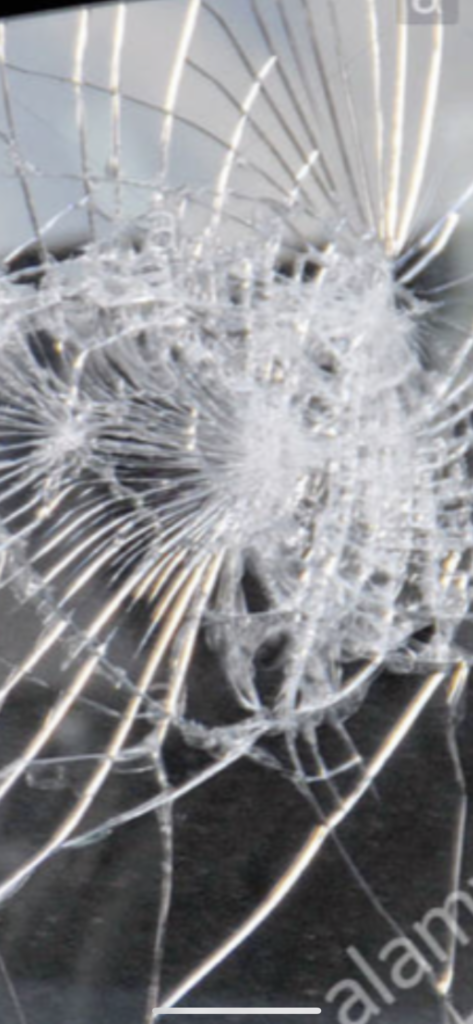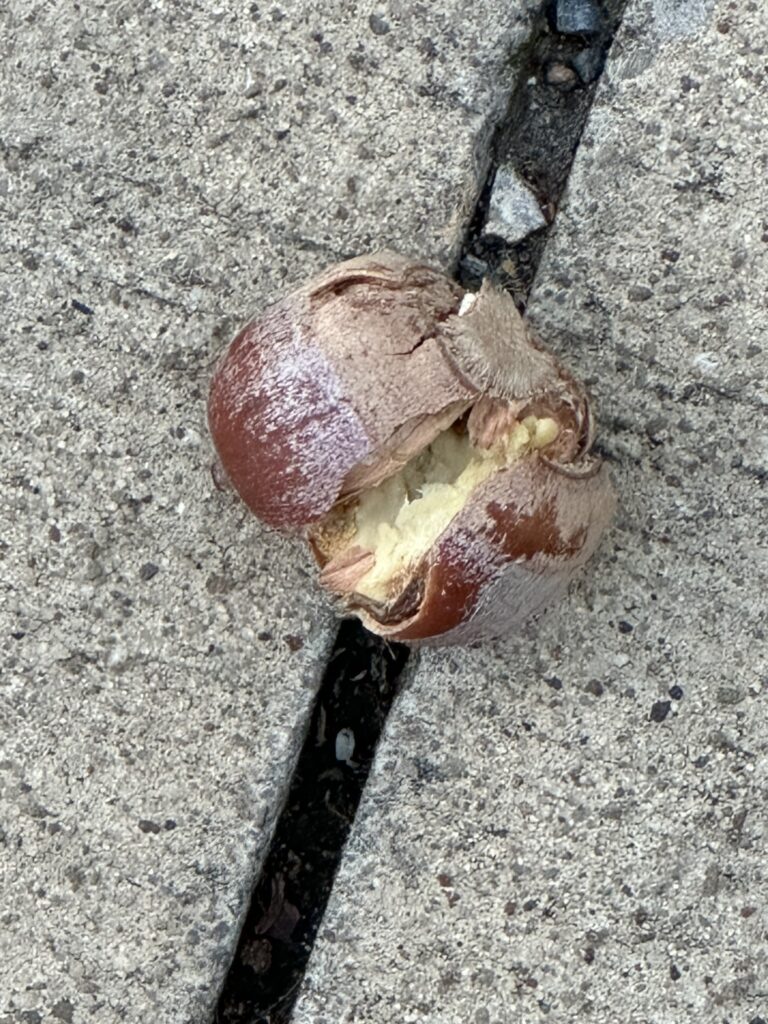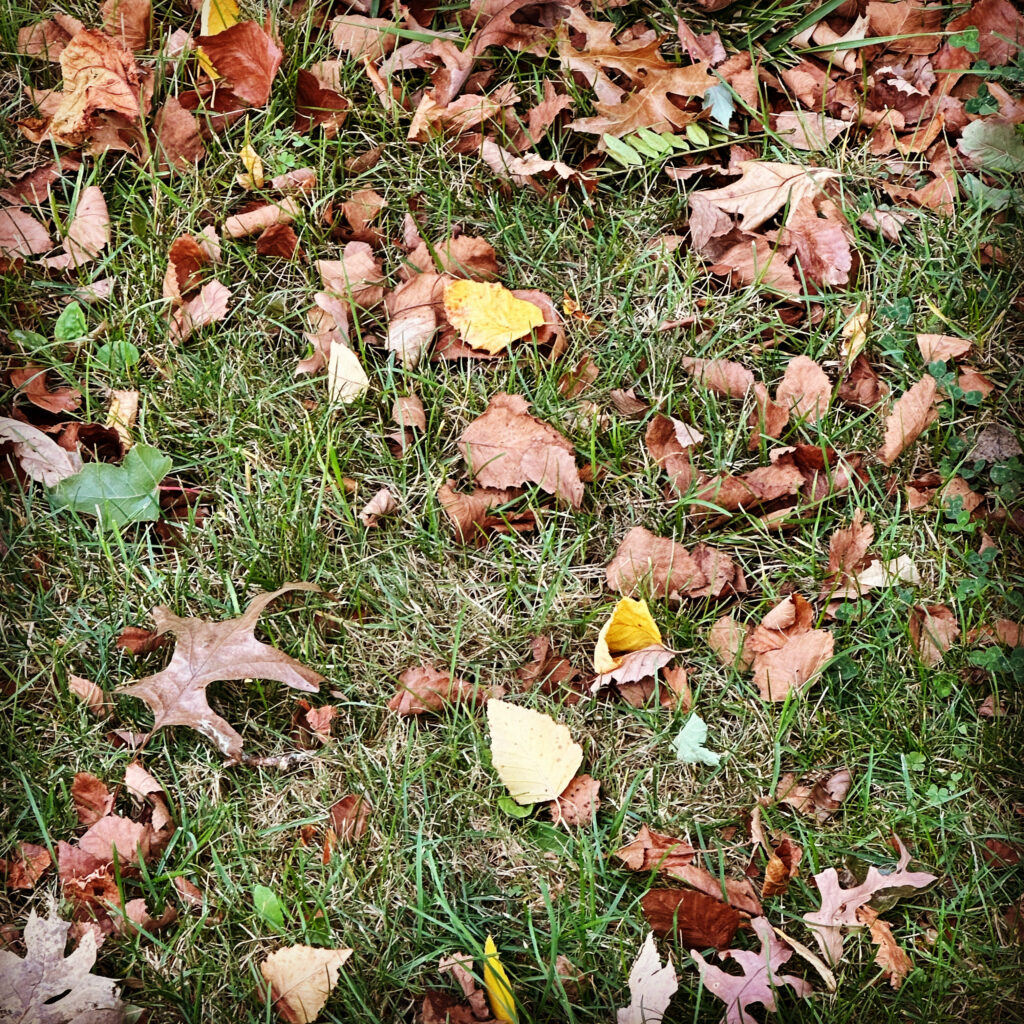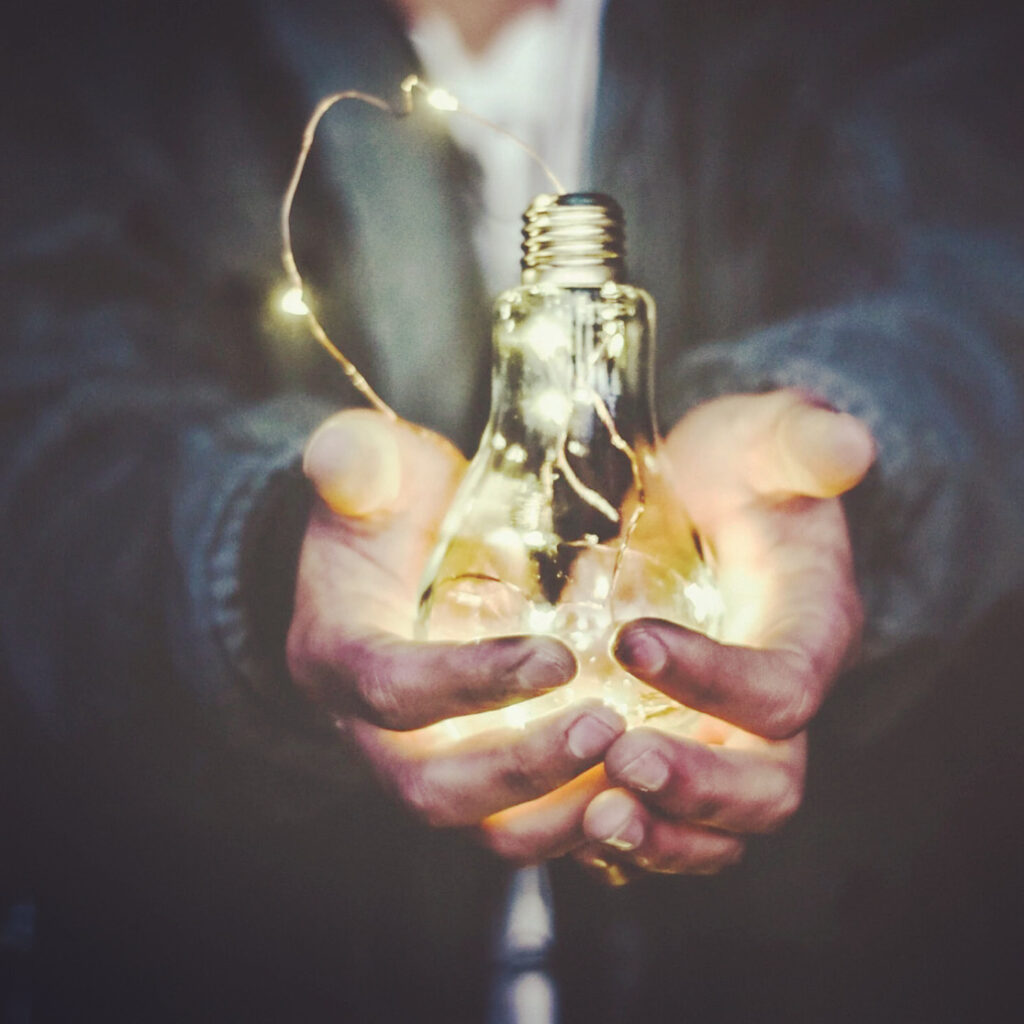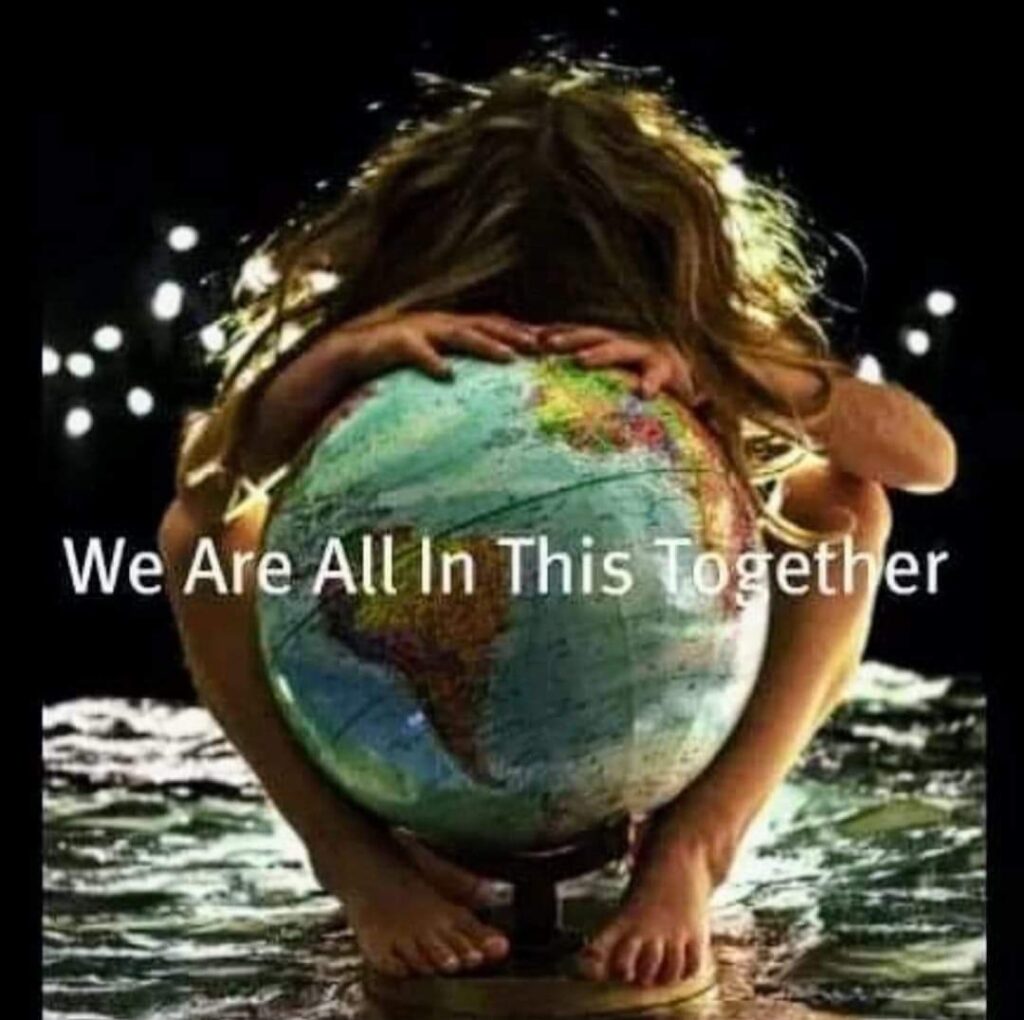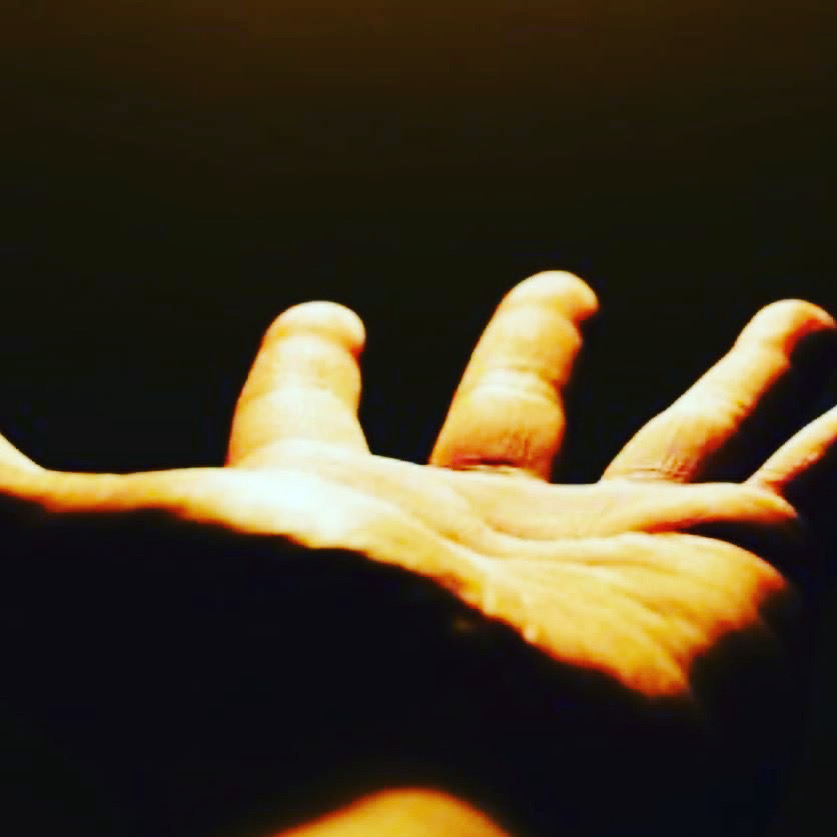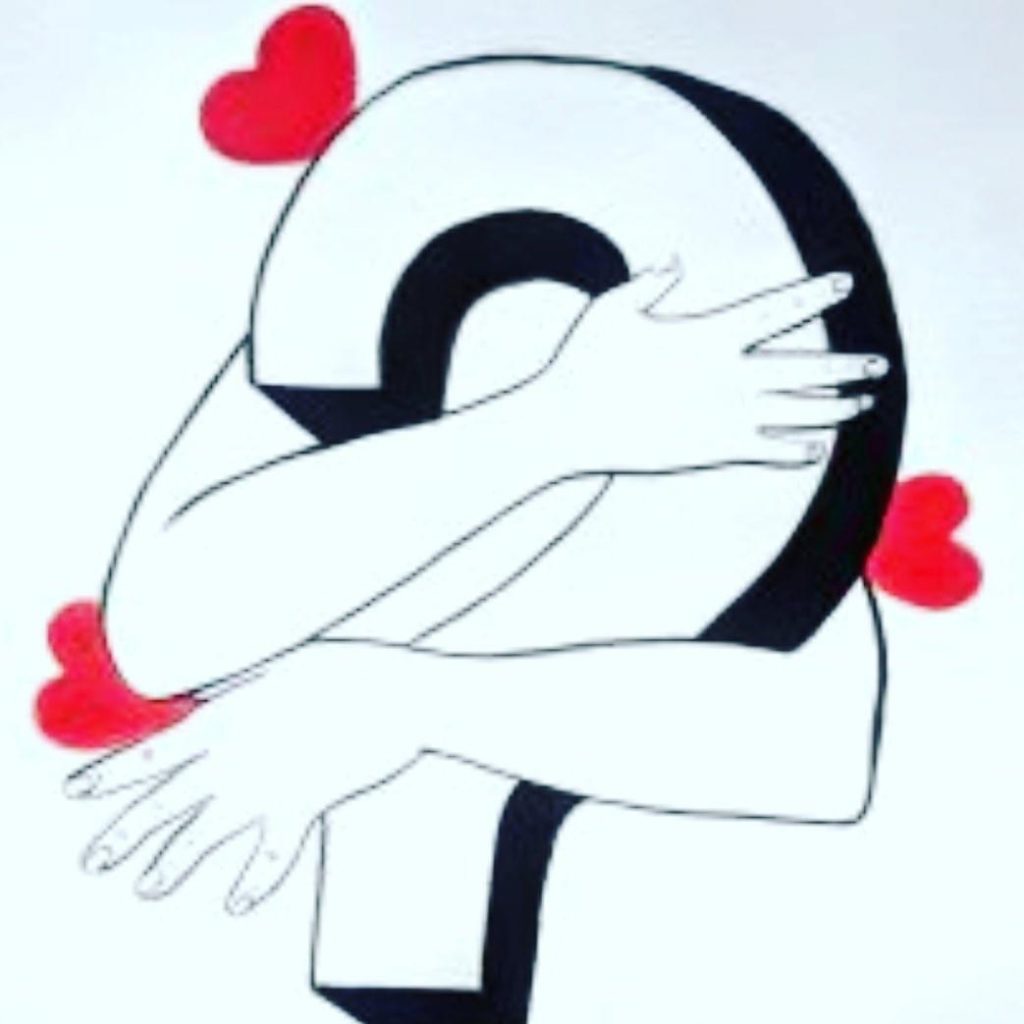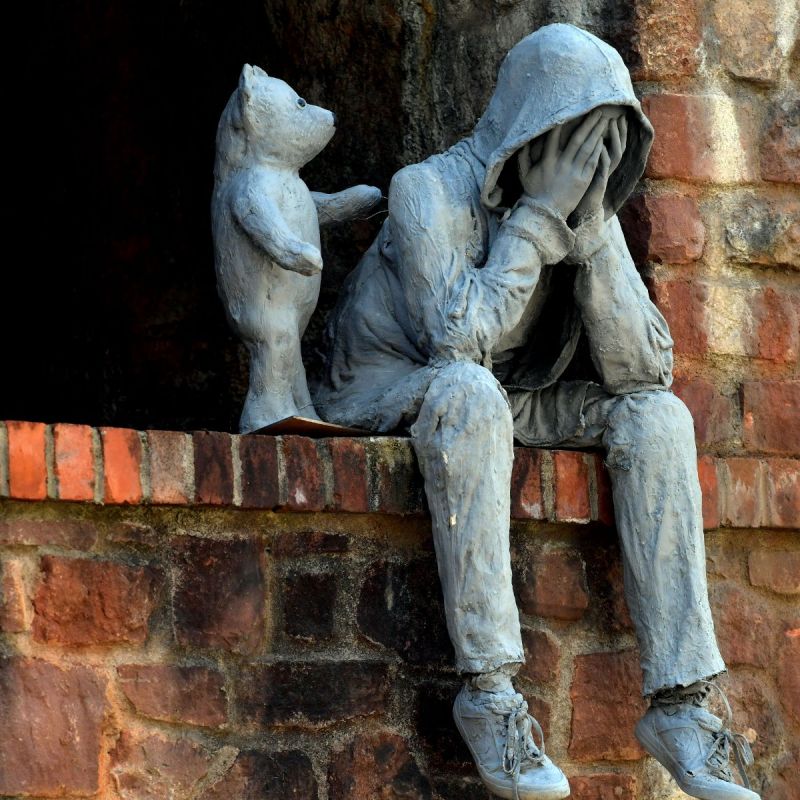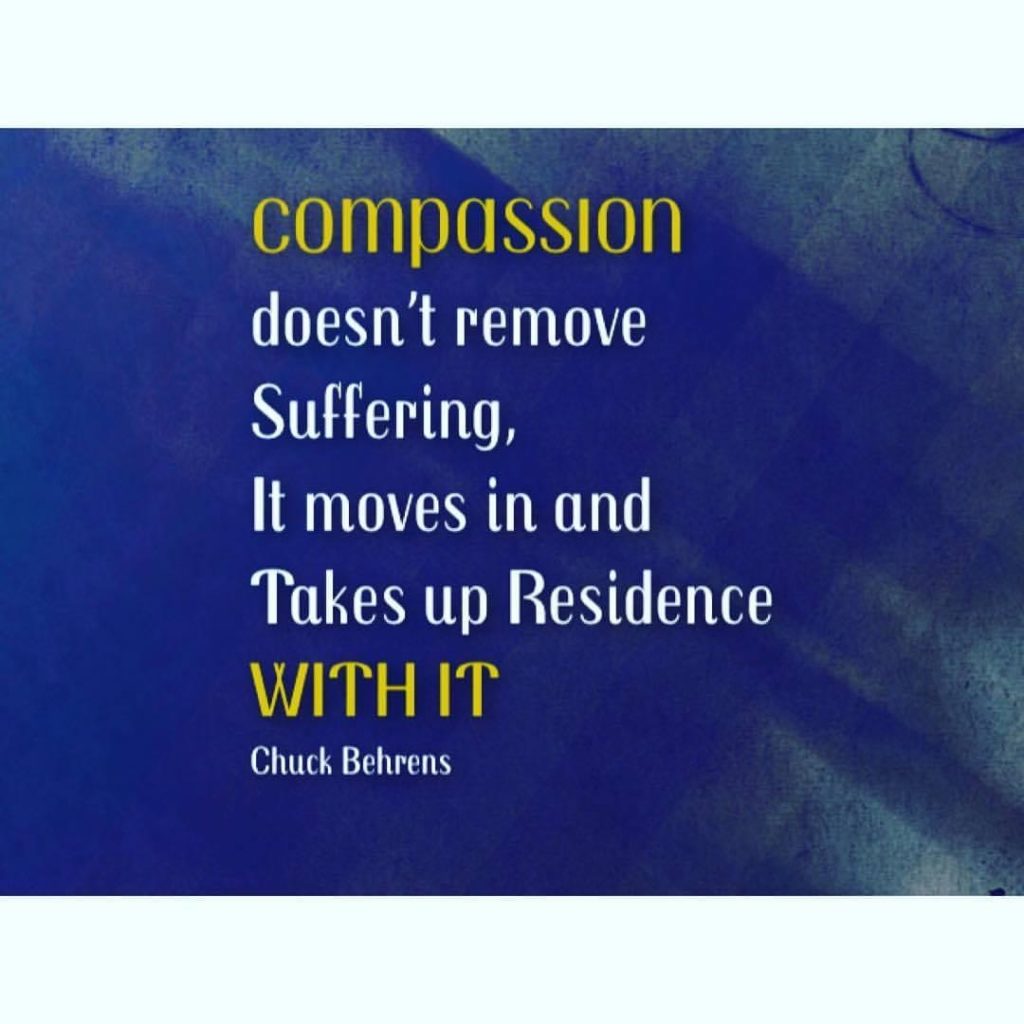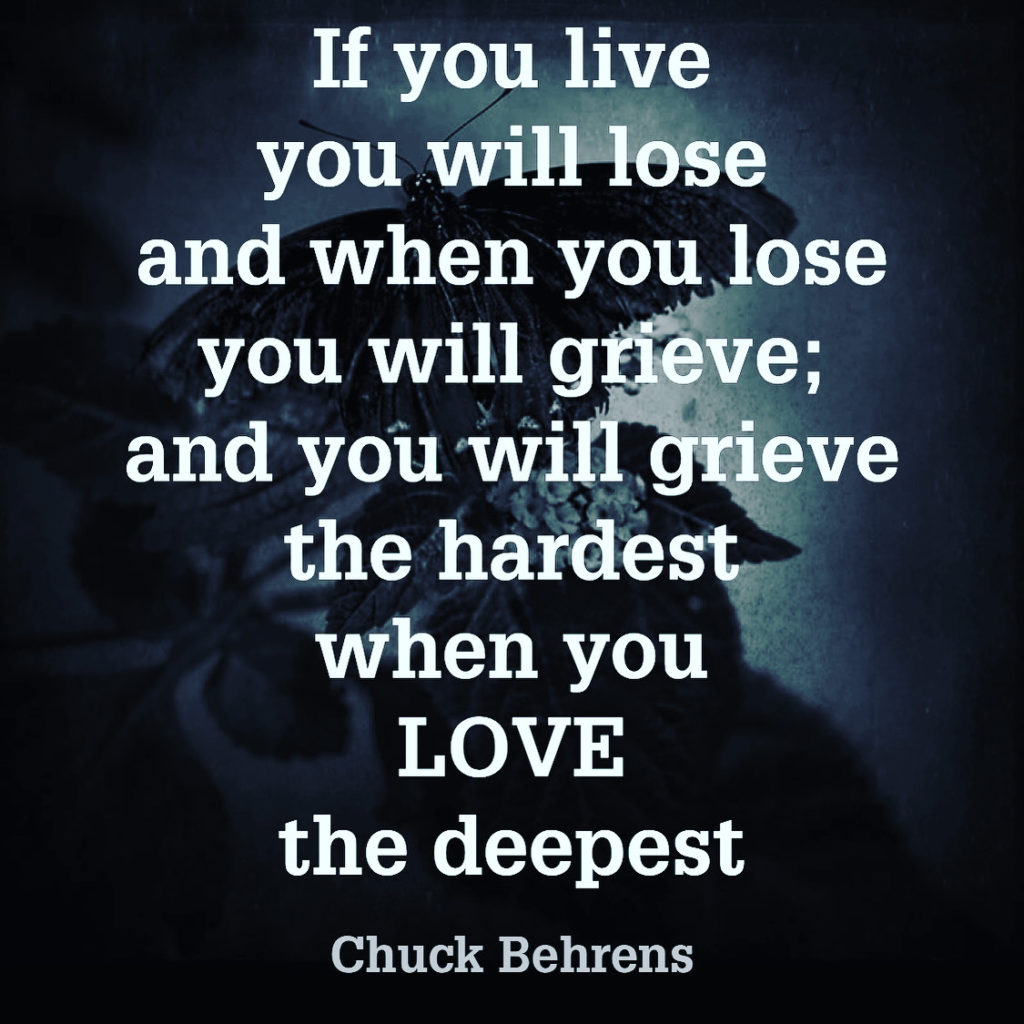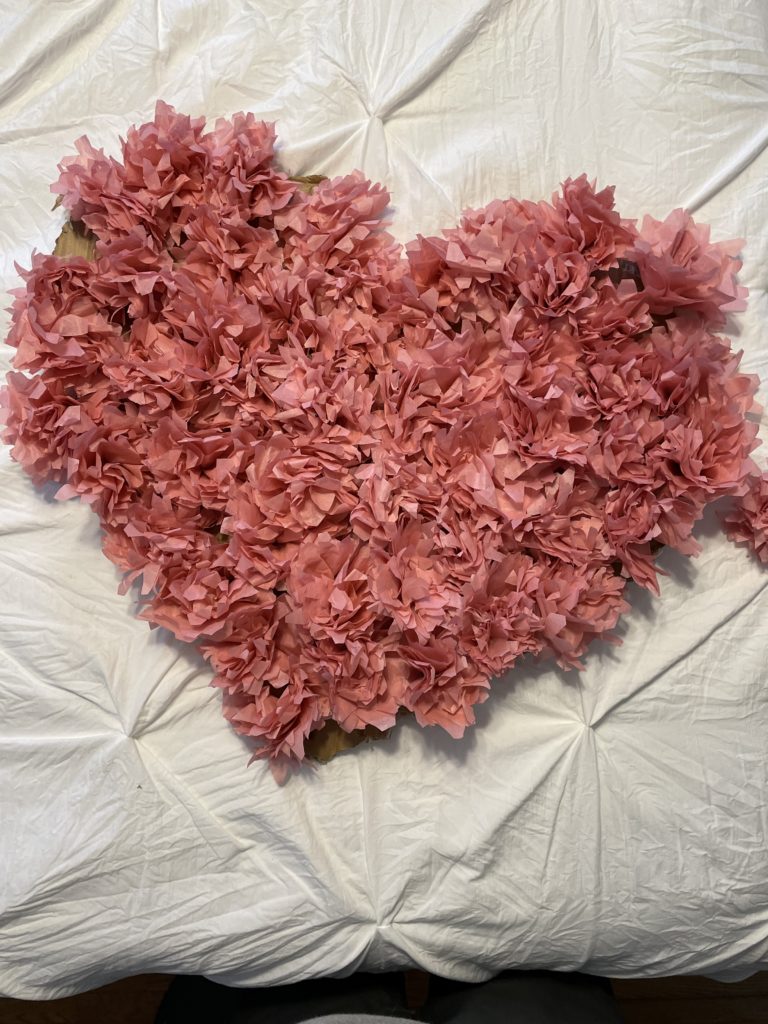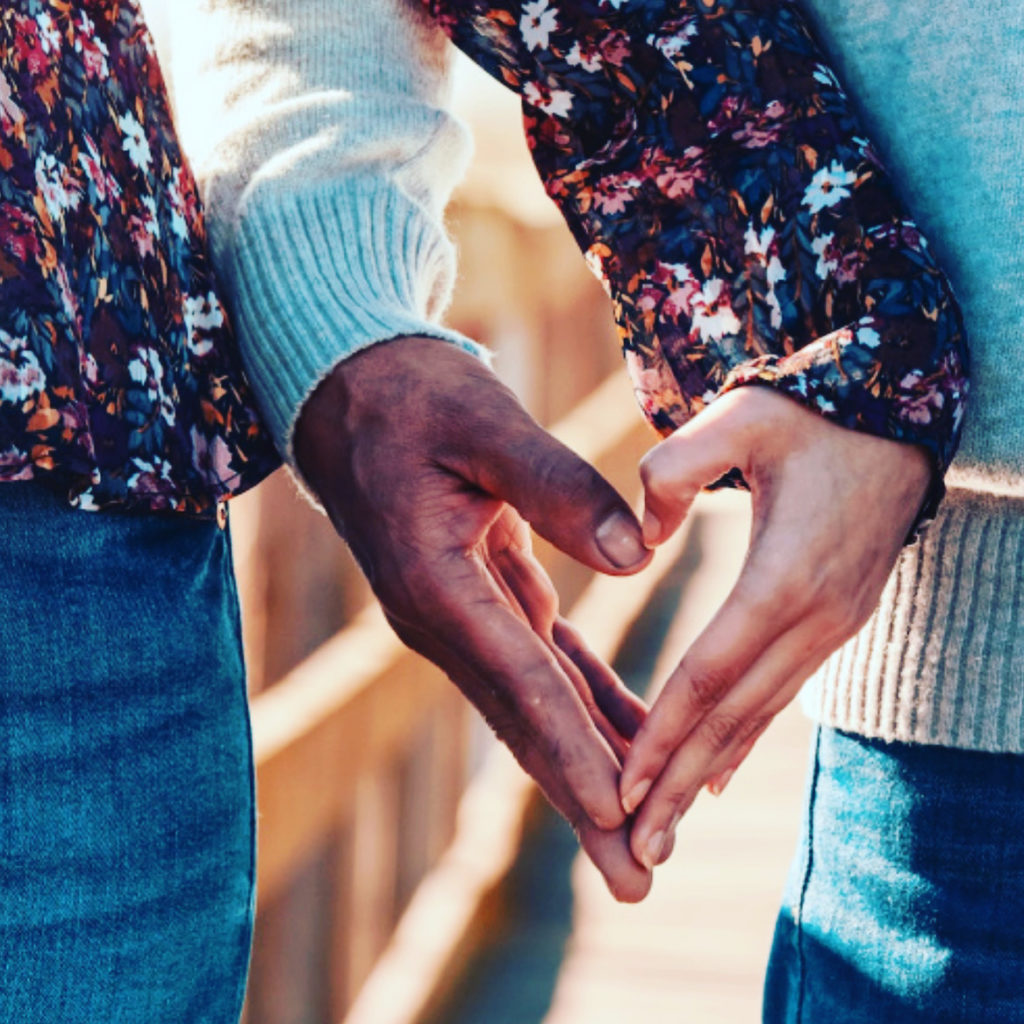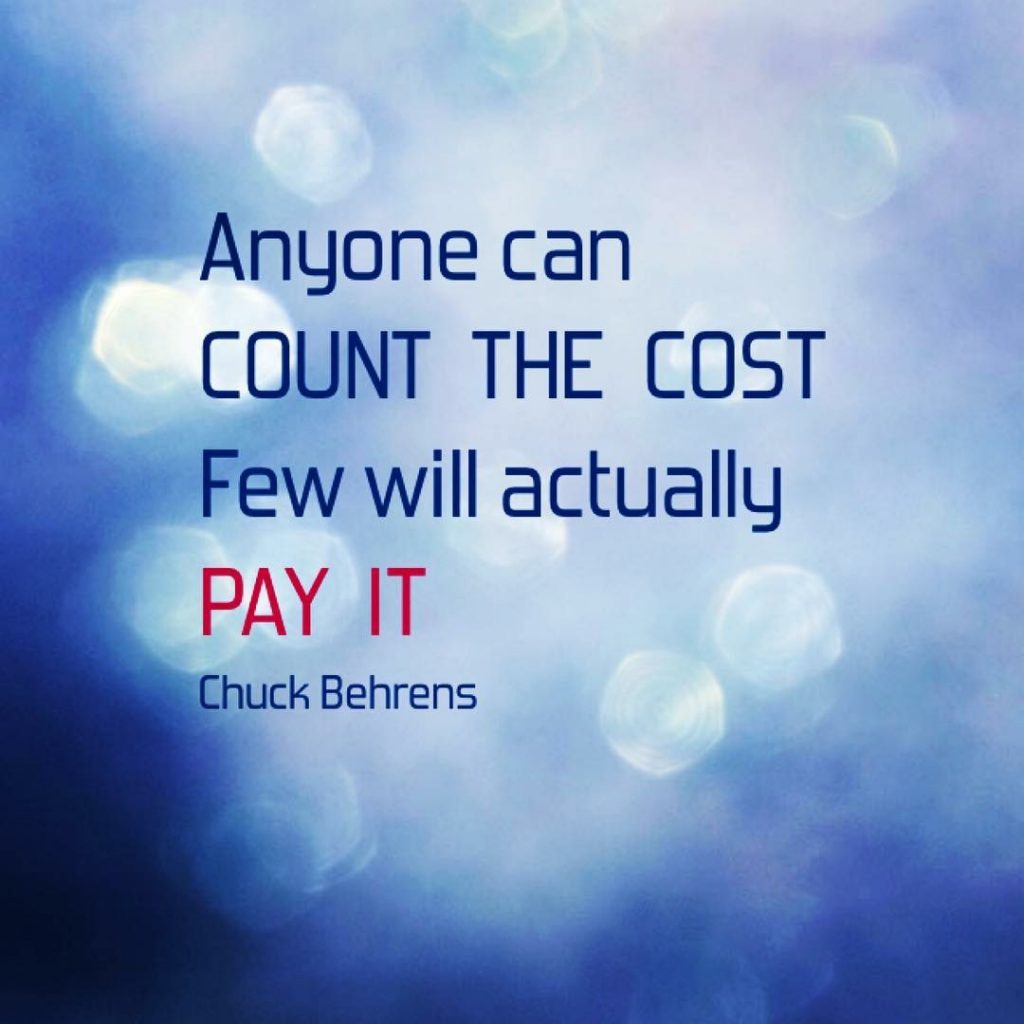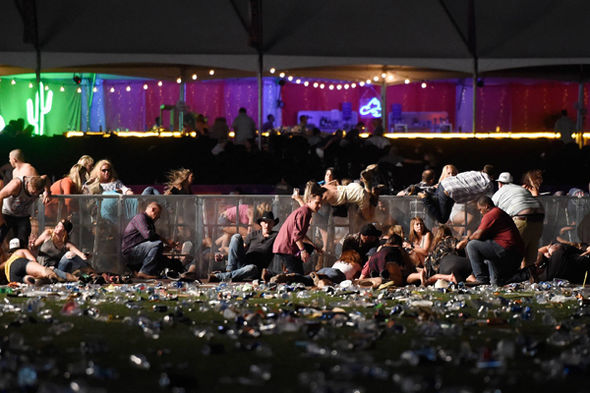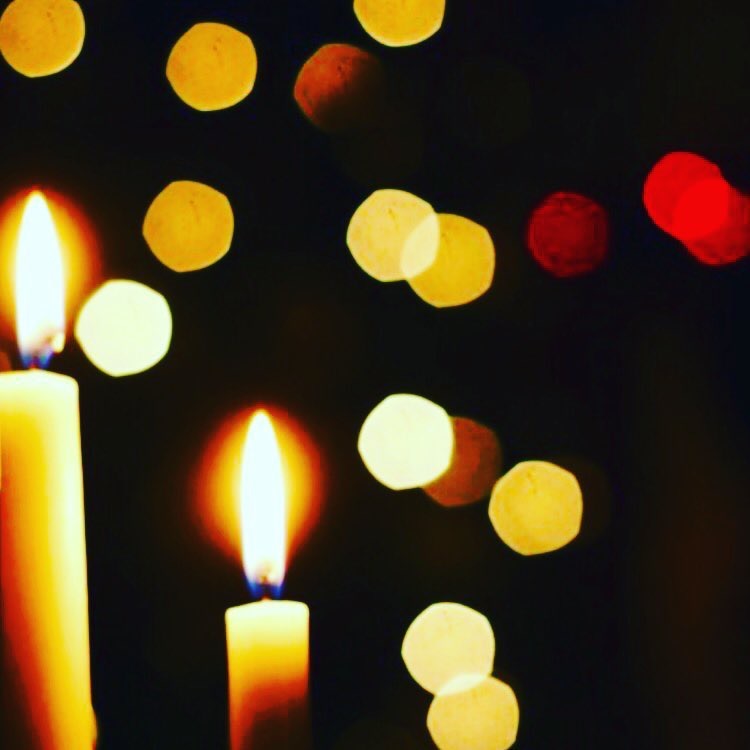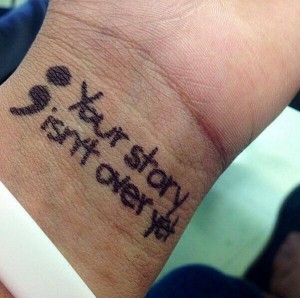IT HURTS, DOESN’T IT. . .
Even if it’s unintentional. . .
FEELING
SMASHED
CRASHED
MASHED
especially if it comes from someone
you didn’t expect
Someone
c l o s e. . .
BUT IT HAPPENS
even when
you accidentally
CRUSH
wait. . .what. . .
An Acorn. . . ?
I didn’t see it
It wasn’t on purpose
No ill intent implied
Yet but under my foot
You were still crushed
and for a Full Moment
I ached for the ache
I have countlessly caused
Others I didn’t see
never on purpose
with no ill intent
Yet under my foot
I’ve crushed
Y E A H
Inadvertently
Accidentally
Tramping on a defensively unfeeling Acorn
just might make you
F e E L
a lot of things
you might have
CRUSHED
who was once upon a time 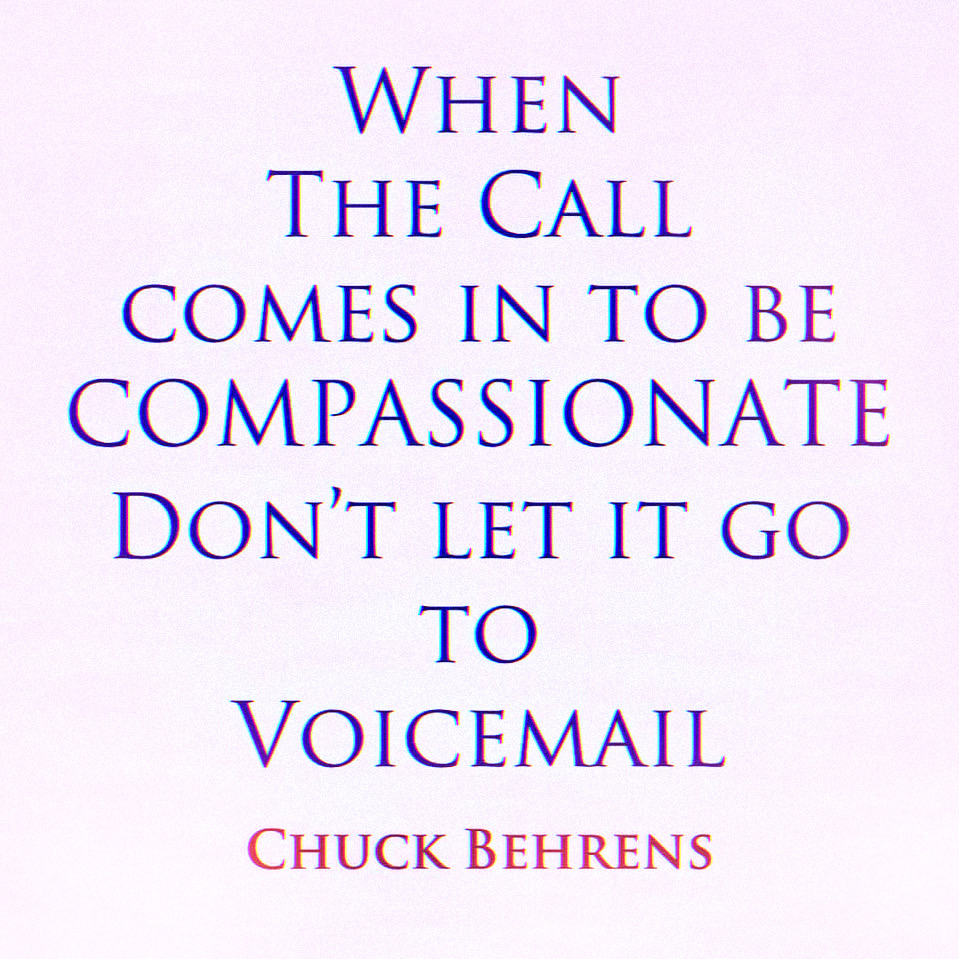
so much more
W H O L E
before you came along. . .
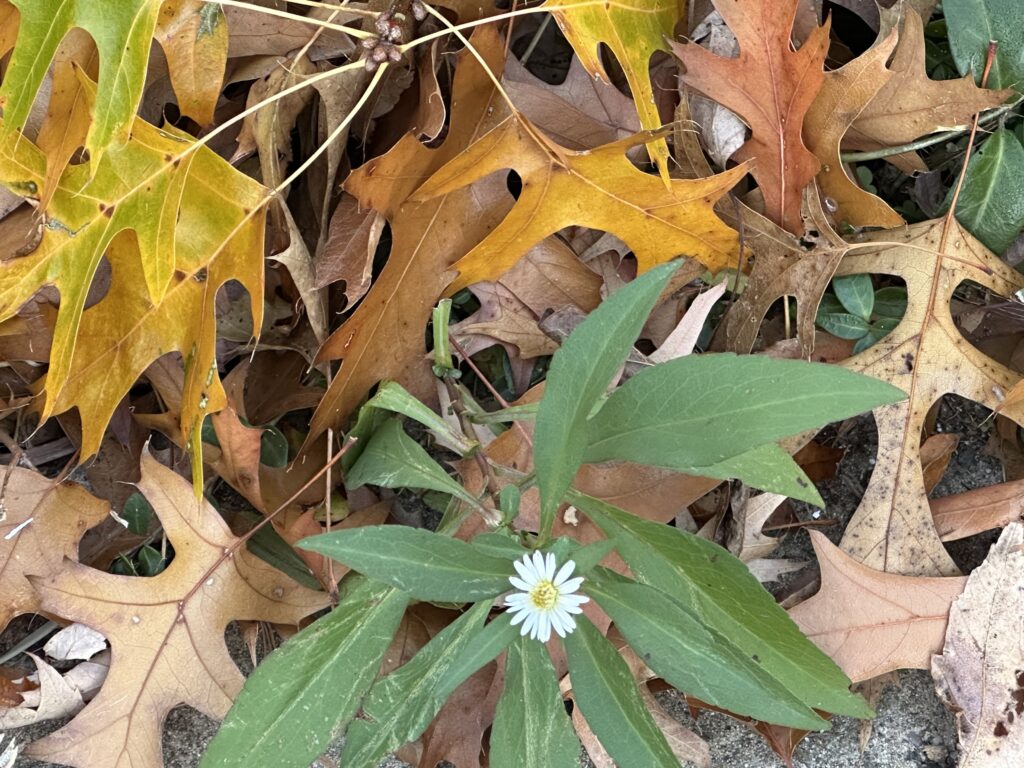 And seemingly
And seemingly
always
blooming
g r o w i n g
even in the middle of what is
drying up and dying. . . .
